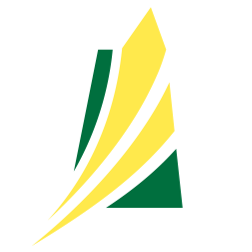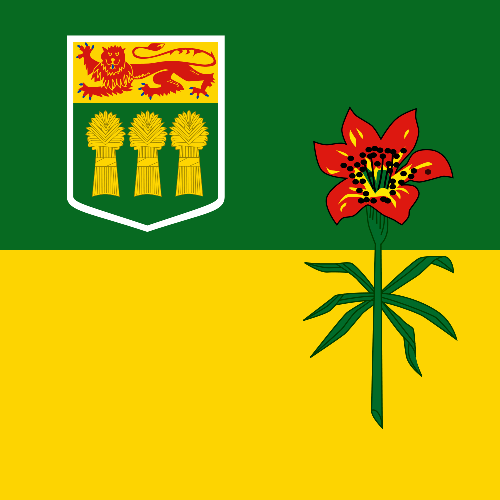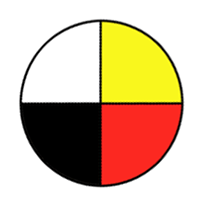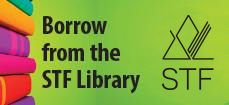Investigate how the forces of thrust, drag, lift, and gravity act on living things and constructed devices that fly through the air.
SI
| (a) |
Diagram how the forces of thrust, drag, lift, and gravity act on living things or devices that fly through the air. |
| (b) |
Use scientific terminology appropriately (e.g., thrust, drag, lift, and gravity) when communicating ideas about the principles of flight. |
| (c) |
Generate questions related to the principles of flight and rephrase those questions in a testable form (e.g., rephrase a question such as "Why can some gliders travel farther than others?" to "What effect does wing shape have on the distance a glider can travel?"). |
| (d) |
Describe the role of lift in overcoming gravity and enabling devices or living things to fly. |
| (e) |
Determine how lift is affected by the shape of a surface by planning and carrying out steps to investigate the effect of wing shape on lift. |
| (f) |
Describe and represent methods for altering drag in flying devices, such as a bird spreading wings or an airplane employing flaps. |
| (g) |
Provide examples of how science and technology have been used to solve problems related to drag in devices that fly. |
| (h) |
Compare the sources of thrust of various constructed flying devices including the propeller, jet engine, and solid or liquid-fuelled rocket. |




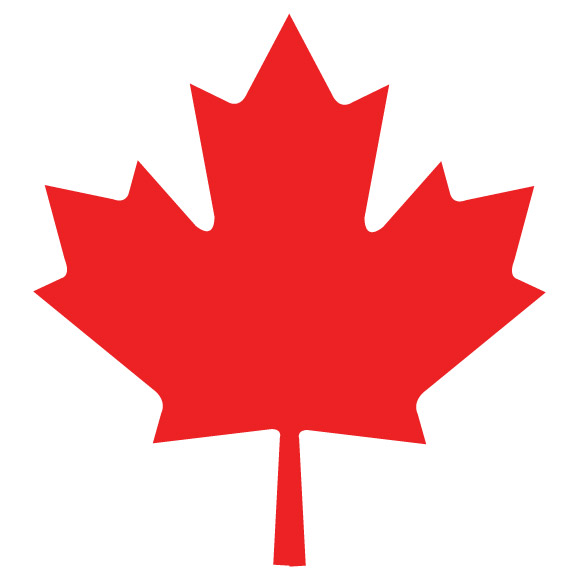
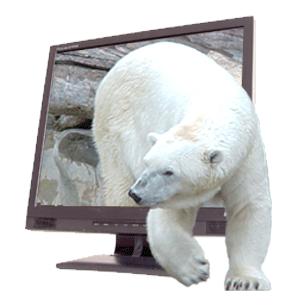




The program won the 2009 Bronze Award medal for Cinematography in the New York Festivals International Film & Video Awards.



